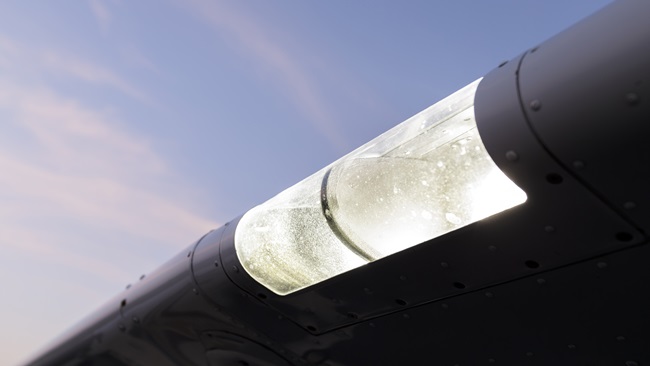A Government Accountability Office study concluded that airlines can do without a pricey system designed to ensure pilots can see clearly when the cockpit fills with smoke.
The GAO study, mandated by Congress following appeals from pilot unions and Vision Safe, maker of the Emergency Vision Assurance System, to require the installation of such devices in airline cockpits. While EVAS has been deployed voluntarily by some, the FAA has opted not to require the patented system which costs $17,000 per pilot position.
GAO investigators interviewed a variety of stakeholders in a study that evaluated all existing procedures and systems, and concluded that existing mandates and methods—including a mandate for protective breathing equipment and FAA-approved checklists for cockpit smoke emergencies—are sufficient to ensure safety. The agency also said a costly mandate to install EVAS, the only system of its kind being produced commercially, is not justified. The GAO reviewed accident data and found only one crash attributed to dense smoke in the cockpit, a 1973 airline crash, with no accidents attributed to cockpit smoke between 2002 and 2012.
The FAA requires airlines to be capable of evacuating smoke using ventilation systems, though Vision Safe officials have criticized the requirement as inadequate. The FAA stipulates a testing requirement that allows the introduction of smoke to stop once instruments are obscured, though Vision Safe has argued that real-world smoke incidents may not include an option to cut the flow of cockpit smoke at the source.



